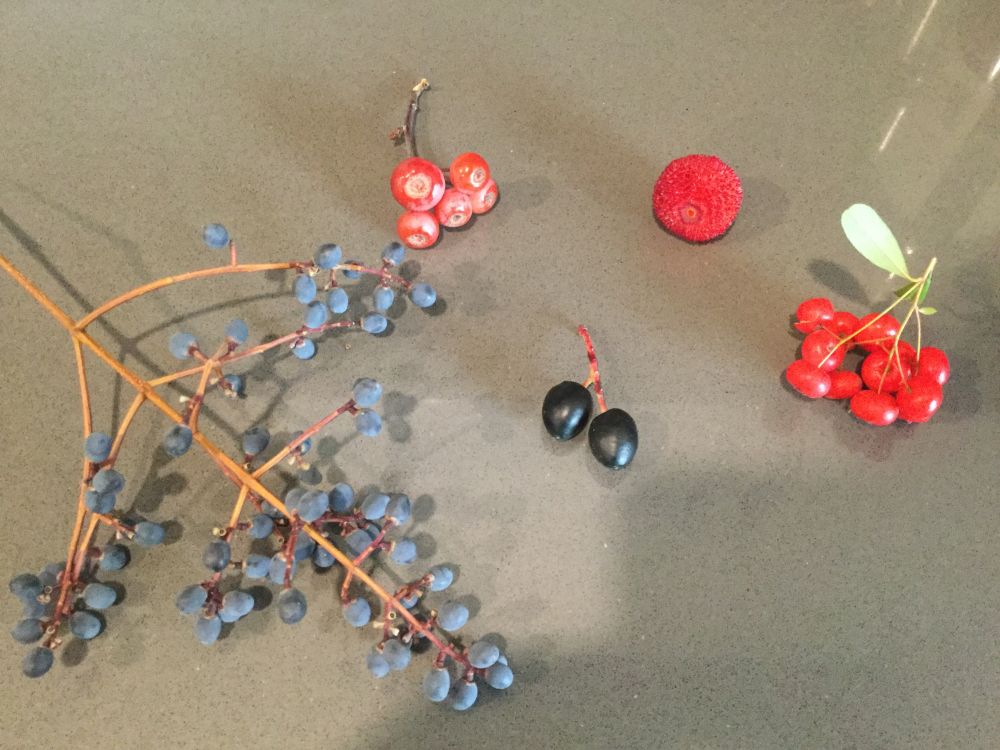Choose Strong
For Tim.
Chinese of Bill's generation or older need no lecture on frugality. Scarcity and
especially lack of food in their childhood taught them lessons no teacher can.
Moreover, if it takes only 30 days of persistence for a physical drill to become
an exercise habit, ideas such as stretching a dollar or saving for a rainy day
have seeped into their blood and become an instinct after those lean years.
In the 1980s, however, things were turned upside down when the good stuff they
craved, the white wheat flour in particular, became abundant within a few short
years. Most stayed frugal, living mentally in the needy past. Others squandered
to fill some deeper psychological need. Almost everyone binged.
When Bill landed in Canada in 1999, he first noticed the large number of geese
roaming and lounging on the lawns. He read about the bird but never saw one in
the wild in the old country. Here, fat and clumsy, they had little fear for
humans. To Bill, the birds looked delicious and it was hard not to picture them
plucked, dressed, and roasted crisp in the oven or sizzling on the grill.
The locals lacked such imagination, he also discovered. After he told one
Canadian classmate about his crabbing days in San Francisco, the guy posed the
innocent and impossible question: why did you have to eat the crabs after
catching them? Bill was lost for words. He used to felt shame at such occasions
although not any more.
His ears perk up at any mentioning of something for nothing. Over the years in
this land of milk and honey, he has naturally become a forager, more often in
theory than in practice. The figs, olives, loquats, and citrus fruits were
commonplace in neighborhoods where houses sprawled out and home owners exercised
their free will on what to plant. Bill spotted the carob soon after hearing
about it, and actually enjoyed the sweet pods for a while as a substitute for
chocolate. They didn't store well, however, as worms soon got to them. Wild
fennel tasted great in dumplings and they outgrew any other garden plant. His
only encounter with the cactus fruit was not 100% good news as their tiny
needles were hard to avoid. Each time he opened a book on foraging, e.g., those
from Langdon Cook, He went on a virtual fishing or mushroom-hunting tour.
Knowledge is power and, in this case, helps to ensure survival, which is more
basic than life, liberty, or the pursuit of happiness.
Recently, Bill has tracked down more edibles right around his house on the
peninsula. Many of them come from landscape plants. One is the strawberry tree
(or strawberry madrone) and its bright-colored pulpy fruits taste mildly sweet.
The cherry laurel, elderberry, and toyon are all good for making jams, according
to The Bay Area Forager, a book detailing local flora safe to eat. It seems not
comprehensive, though, as there are still a few potentials left unidentified in
the neighborhood.
The book praises the bay tree, which is abundant in the hills such as Mission
Peak and Quick Silver. Their leaves are widely used as a spice in cooking and
their nuts, surprisingly, contain caffeine. Native Americans used to sit through
all-night powwows on them. Maybe he can make his own coffee out of bay tree
nuts, Bill thought. He has to try this fall.




